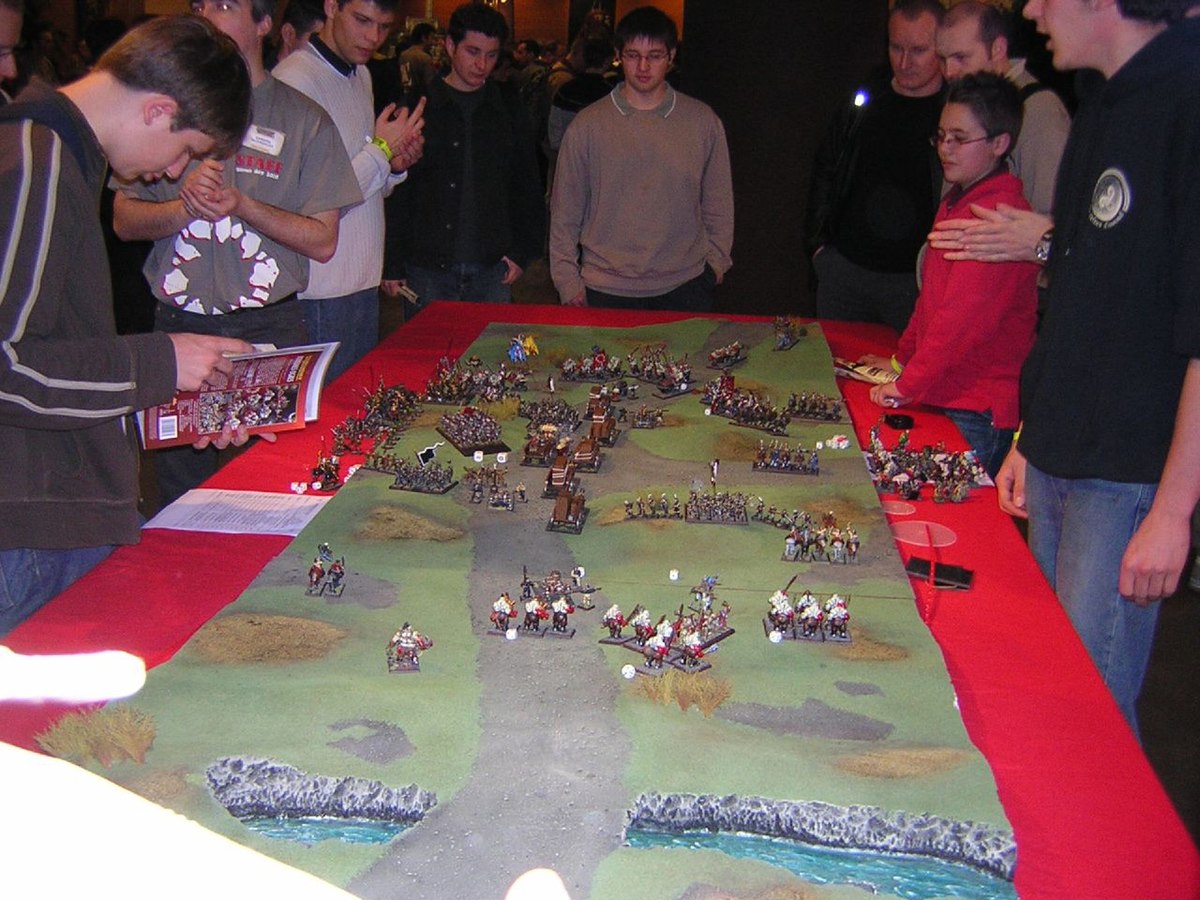tldr: the mish-mash of cultures and historical time periods in the WFRP world can trace it's origins to CItadel's extensive miniature line of the early 80s.
Not sure I like "mish-mash". Sure, from a history professor's POV. But compared to comparable games at the time (read "D&D") the Old World as described in the 1st ed rulebook is remarkably coherent in style and atmosphere.
Later on, pressure from GW to include the more non-sensical aspects of the minis game dilutes and weakens that original vision, in my opinion.
Small things, like how the Emperor is transformed from a believably frail and insecure "real" human to a larger-than-life superhero (bringing in the nietzschean notion that your betters are literally better) can be easily ignored.
Medium things, like how there are fantastical towers of magical glass invisible to the peasants richt smack in the middle of the capital, is as atmospheric and cool as the idea to plop down a Dubai in your Rothenburg, that is to say not at all. Still, gritting your teeth you can cut away this rotten carcass of an idea.
But then we come to larger things, like how Bretonnia never got the chance to be a wonderfully decadent France on the verge of glorious revolution, and instead becomes Monthy Python and the Holy Grail: a country based on a time period several centuries earlier. Here, the only recourse is to only ever mention the country, but to never send your adventurers there.
Just saying this because you can have a mish-mash and you can have a MISH-MASH. The Old World as it is today is more of the latter, like perhaps how D&Ds Forgotten Realms is "everything, including the kitchen sink". But the Old World I fell in love with and still base my WFRP adventures in, is the few short pages from the v1 rulebook.



